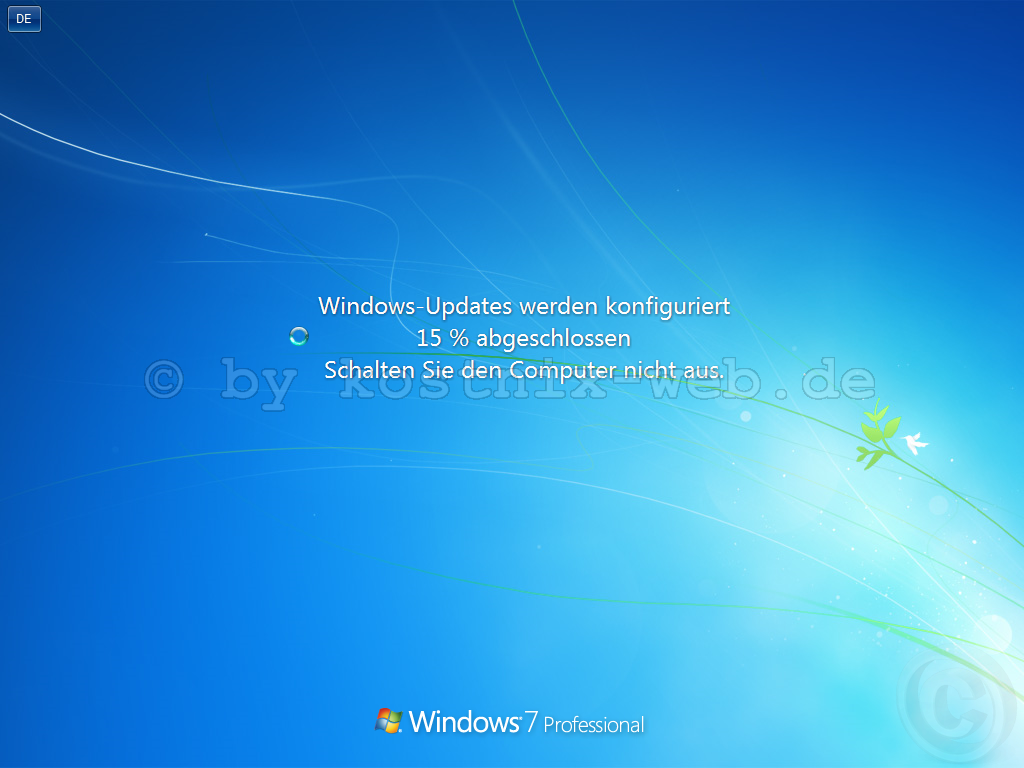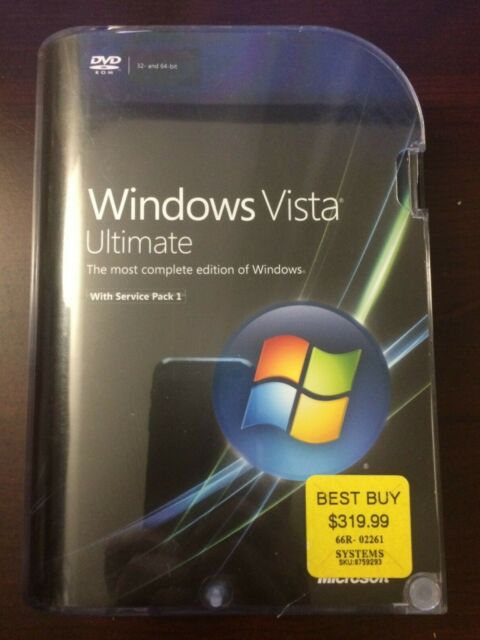

I know, I know - "Service Pack" is so 19th-century dentist office. What Microsoft needs is a name that suggests to customers that Threshold 2 (or whatever it's called) is the new, rapid-release version of a Service Pack. I hope upon hope that Microsoft doesn't call it "Threshold 2" or (as has been suggested elsewhere) "Wave 2." And for Pete's sake, I hope it drops the "Update 1" terminology that caused so much pain in Windows 8.1. Which brings us to the next major release of Windows 10: Microsoft's been tight-lipped, but it's widely believed that plans are afoot to release the next wave of Win10, code-named Threshold 2, in October. "Windows 10 CU 22" - about where we'll end up at the end of October, by my estimation - has a good ring to it. Thus, I bow to the folks in Redmond and will start referring to them as Cumulative Updates. These new items are arriving like stealthy missiles: very rapidly, with basically no description. That said, I think the term "Service Release" isn't warranted - Microsoft described the Service Releases in detail. (Remember Windows 95 Service Release 2.5C? Never mind.) But now it's clear that the Cumulative Updates will continue at a much faster pace than even the Win95 sprint. I've been tempted to call the rapid-release patches "Service Releases," as they're roughly analogous to the Service Releases we used to see for Windows 95.

They come from both Windows Update and from the Windows Store. This also brings up the matter of rapid-fire releases of Cumulative Updates for Windows 10. It looks like Cumulative Updates, in the future, will include all sorts of surprises, and we aren't going to hear about them. For another, it means that Microsoft pushed a kernel change without huge screams of pain - unheard of in the past few years. For one, it means that Microsoft slipped a kernel change into CU 4, in addition to the Internet Explorer fix. And I would assume this to be the plan moving forward with all updates.

So this cumulative update applied more than IE Vuln fix. If you notice, the build is dated Aug 10 (150810), this is new with this update. If you look at the Build Kernel, MS actually updated the kernel code with this update (from registry):īuildLab REG_SZ 10240.th1.150810-2333 BuildLabEx REG_SZ 1.150810-2333 Poster bileci on the Reddit Win10 forum has this tantalizing hint: It looks like KB 3081444, aka CU 4, includes the fixes in MS015/KB 3088903 - and a whole lot more. KB 3081444 follows a string of other Cumulative Updates: Yesterday, Microsoft released KB 3081444, which you might think was a companion to the out-of-band Internet Explorer fix, MS015-093/KB 3088903, that debuted the same day.


 0 kommentar(er)
0 kommentar(er)
